Top 9 Rock Festivals
This week Classic Rock Review joins the celebration of the 45th Anniversary of the historic 1969 Woodstock Music Festival. In conjunction with Top 9 Lists, we present a list of the Top 9 […]

This week Classic Rock Review joins the celebration of the 45th Anniversary of the historic 1969 Woodstock Music Festival. In conjunction with Top 9 Lists, we present a list of the Top 9 […]
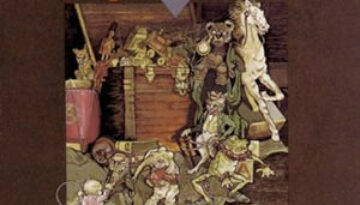
Buy Toys in the Attic Aerosmith scored their first real commercial success with their third album, Toys in the Attic. Released in 1975, this album establishes a distinct rock sound for the group […]
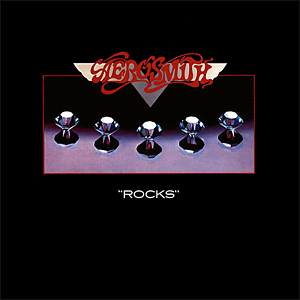
Buy Rocks We commence our look at 1976 with a review of the fourth of four great albums by Aerosmith that launched their career during their classic period of the 1970s. Starting with […]
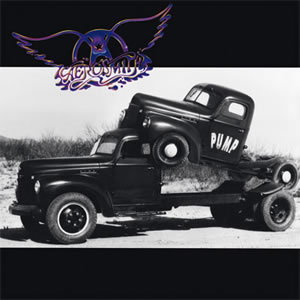
Buy Pump The second distinct phase of Aerosmith‘s fame hit full stride in 1989 with the release of Pump, the band’s tenth overall studio album and their third release since reuniting in 1985. […]
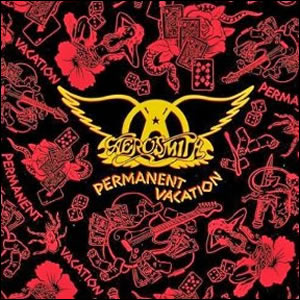
In spite of their much celebrated “reunion” in 1984, two years later Aerosmith was still a band in turmoil. Their 1985 album Done With Mirrors did not do so well commercially and various […]
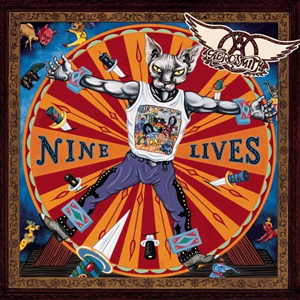
Buy Nine Lives The last in a string of albums over a decade long commercial run, Nine Lives saw Aerosmith return to their traditional record label as well as return to their core […]
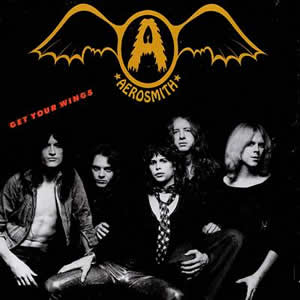
Buy Get Your Wings After their raw but potent debut in 1973, Aerosmith really started to forge their classic 1970s rock sound with their second album, Get Your Wings. This was due, in […]
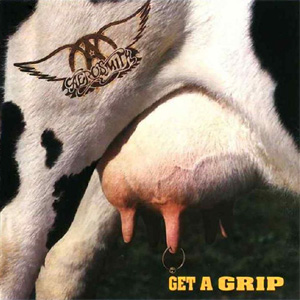
Buy Get a Grip Aerosmith made an amazing comeback in the late 1980s, as the band which was essentially dead at the beginning of that decade sprang back with a second act unlike […]
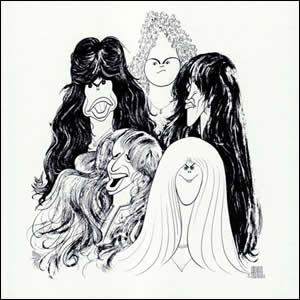
Buy Draw the Line Aerosmith‘s fifth album in 1977 came after the phenomenal success of 1975’s Toys in the Attic and 1976’s Rocks. Although the momentum continued to an extent with Draw the […]
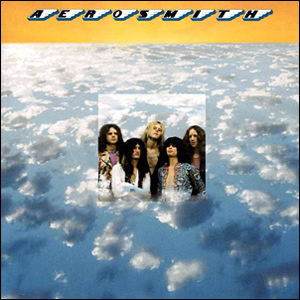
Buy Aerosmith Aerosmith emerged as a blues rock alternative in a music sea of glam rock and prog rock of the early 1970s. Their impressive 1973 debut album doesn’t contain anything particularly innovative […]